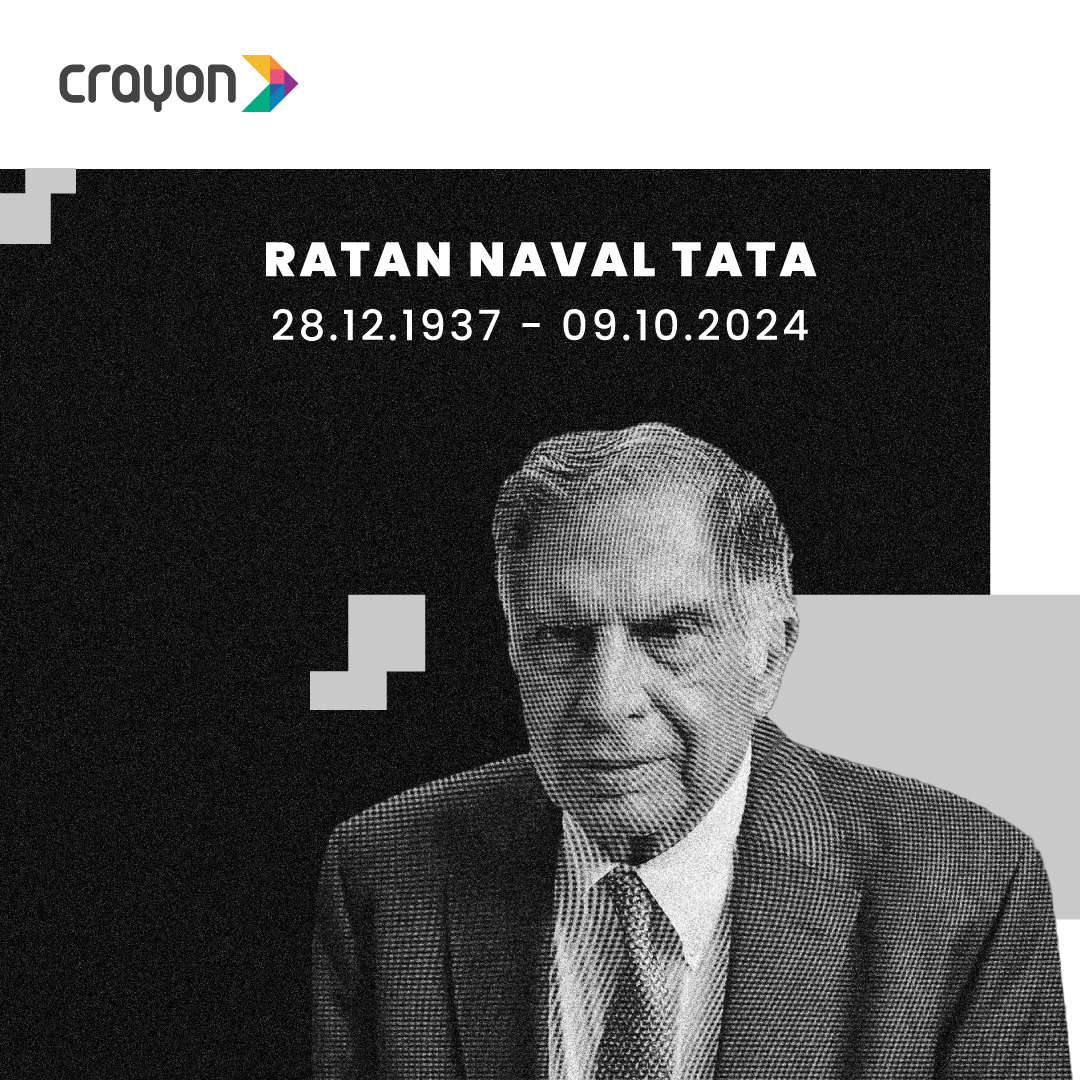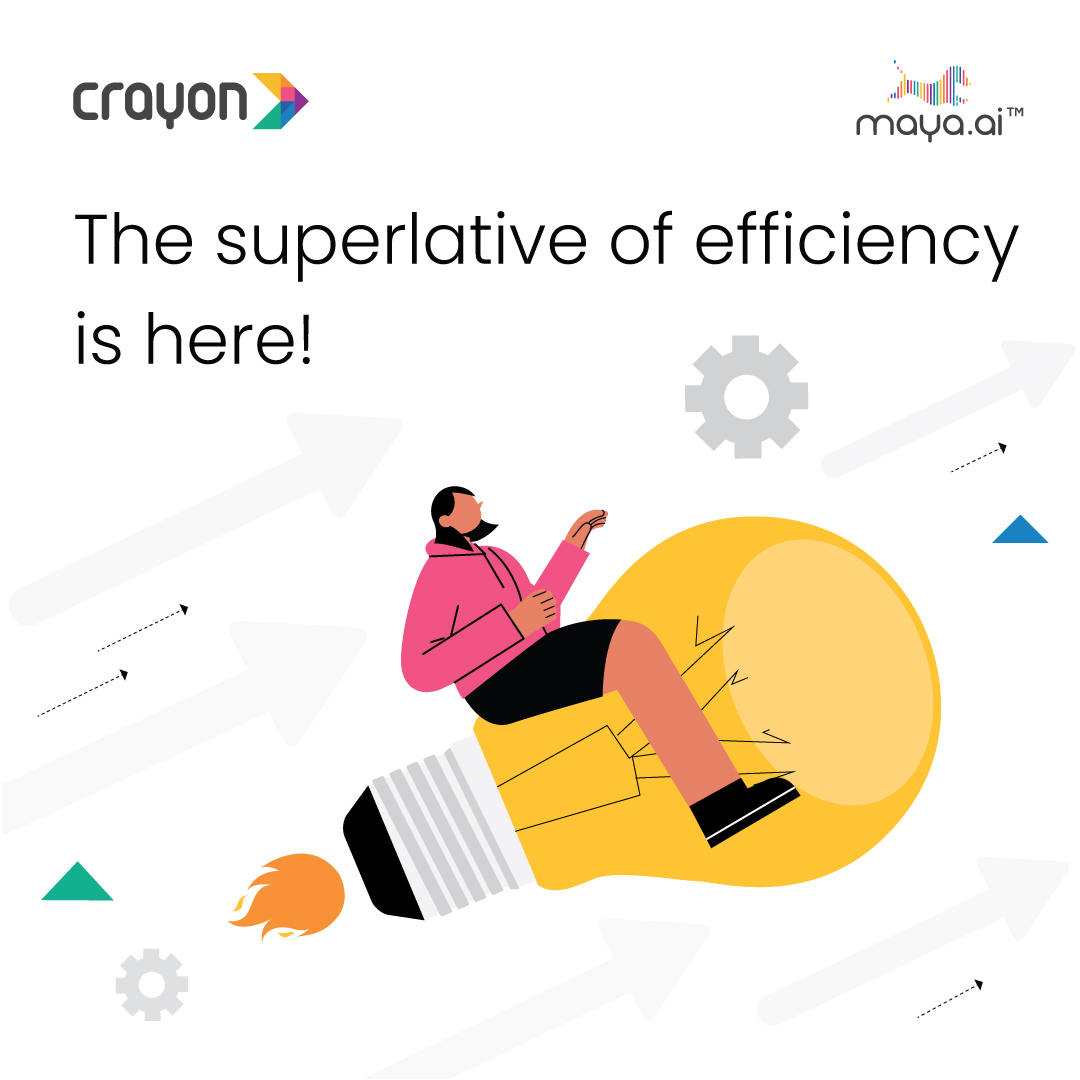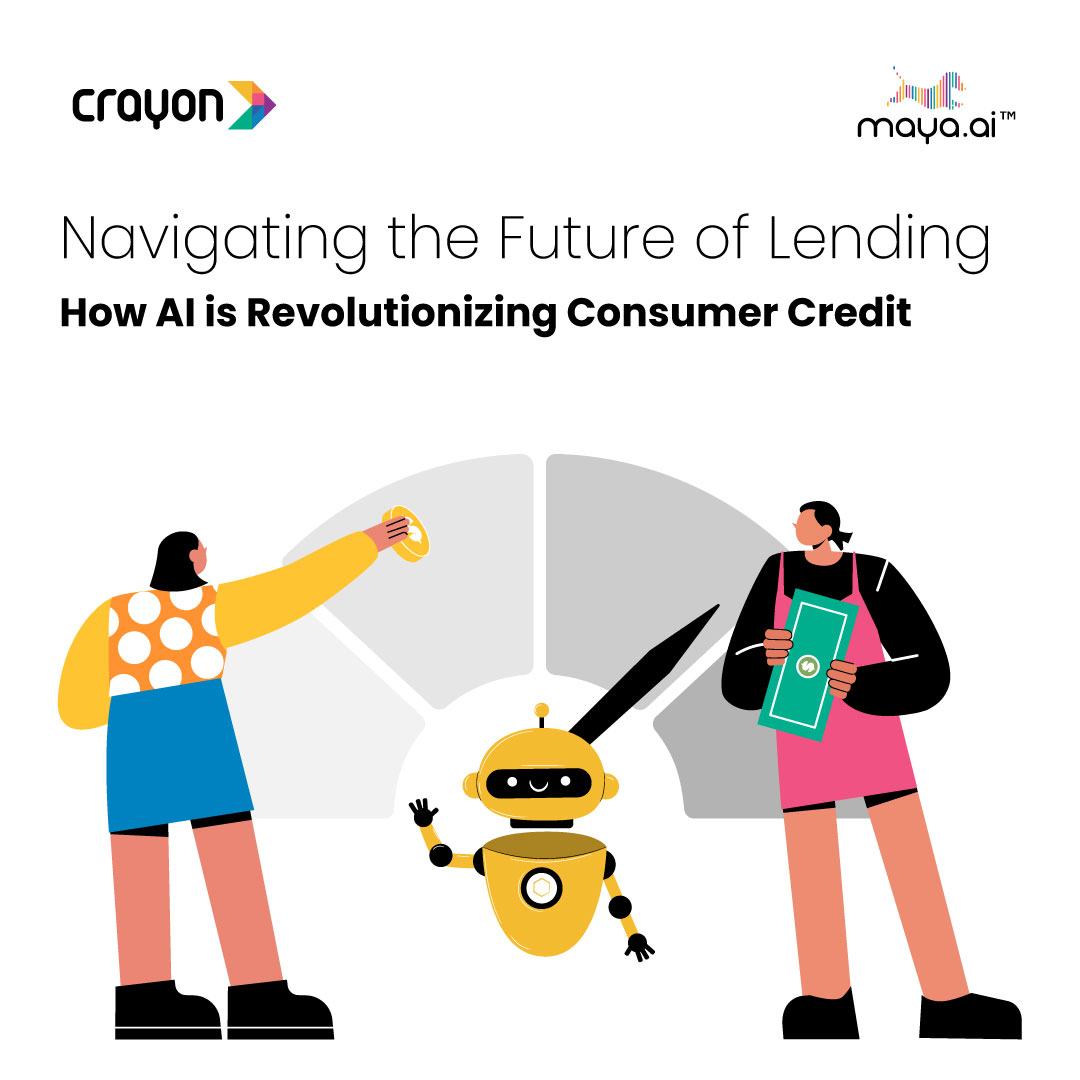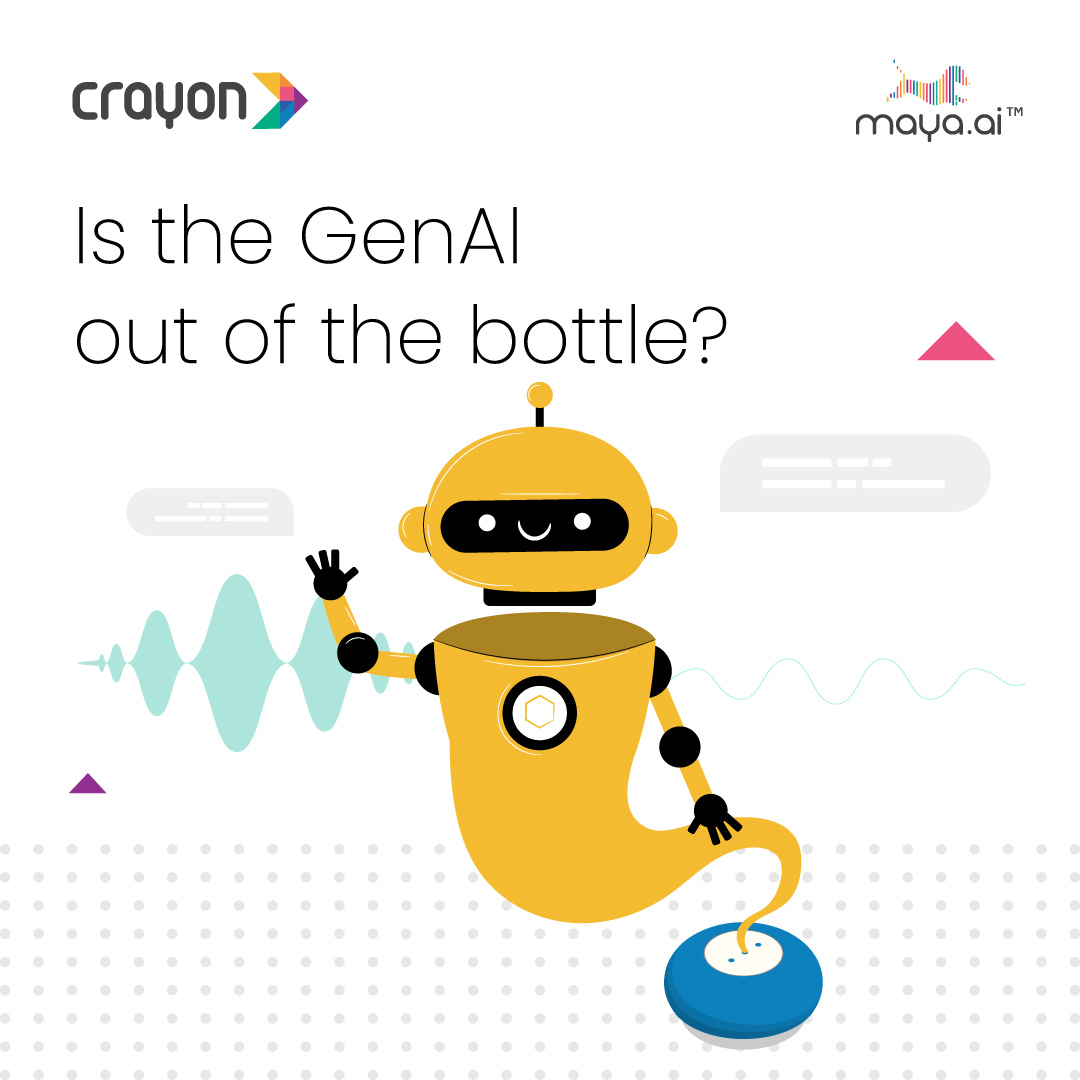Big data is a big plus: You can collect, organize, and store vastly more information than before. Data about your customers, products, suppliers, sales, and finances—everything that makes your company run—can be quantified, stored in one place, and analyzed.
But analyzed how?
Once you have all this information, how do you present it in a way that’s not overwhelming? Many companies are X-ing out of their spreadsheets and PowerPoint presentations and turning instead to data visualization.
What Is Data Visualization?
It’s simply representing numbers in pictures, charts or maps, so that viewers can see a trend at a glance. And if they change a variable, the picture also changes—at will.
“People are drowning in data—on the Web, on spreadsheets, and in databases on tablets and devices,” says Elissa Fink, CMO of Tableau Software, a Seattle data-visualization company that went public in May. “We try to help people by seeing it in real time and interacting with it.”
“The only way people can understand data is to visualize it. That’s how our brain works,” says Roman Stanek founder and CEO of GoodData, another company that provides data-visualization services.
The companies take data provided by client organizations and create a visual “story” with color and design. Some store the data themselves, others allow customers to store it on their own servers if they prefer. Either way, the pictures can be accessed, shared, and manipulated by anyone the client grants access to.




